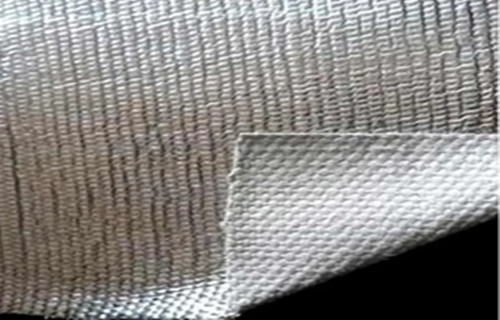Danger Weaved Into the Fabric: Asbestos Textiles

The dangers of asbestos are common knowledge as it was an essential material of commercial product manufacturing not so long ago. The construction industry used large amounts of asbestos in buildings between 1920 and 1980, but utilizing the toxic mineral wasn't limited to this industry.
Every production branch benefitted from cheap asbestos, which had convenient tensile properties, provided good heat insulation, and was an excellent fireproofing agent. All these qualities made asbestos a genuine manufacturer's dream back in the day. Although toxic, asbestos was the most affordable choice for everyone when it came to being cost-effective. However, the asbestos addiction in the 20th-century industry makes many pay the price nowadays with the ongoing risk of asbestos exposure.
Asbestos causes lung diseases and cancer if the fibers are inhaled or ingested over long periods. There is no measure of safe asbestos exposure, and although asbestos is highly toxic, it is essential to remember that it's not harmful if left undisturbed. Before its dangers became widely known, asbestos found its way into many everyday items, including fabrics.
Protective Clothing Brought Asbestos Hazard Closer to the Skin
Raw asbestos's small and fibrous nature made mixing it into textiles possible. Once, it was woven into material for garments, making them fireproof and ideal for use as protective clothing. The asbestos textile was considered a miracle material in such a capacity that it was believed a person was infrangible if wearing asbestos clothes.
Firefighter's uniforms contained asbestos as they needed the added heat and flame resistance. The dangerous fibers were woven into the jumpsuits designed for aviators flying aircraft to protect them against the flames in case of a crash. In many factories, the workers wore asbestos garments like coats for heat protection and used asbestos gloves and aprons to shield themselves from high temperatures. Unbeknownst to them, their "protective" clothing released asbestos fibers, exposing them to the dangers of inhaling or ingesting the airborne microscopic particles and developing asbestos-related diseases decades later.
Asbestos Spun in Rope and String
The asbestos rope was a regular insulation material used in sealing and protecting boilers, pipes, and heaters from fires. Little did the contractors, boilermakers, pipefitters, and other workers know they had been exposed to asbestos in rope and string over the years.
The asbestos string was used in windings on welding electrodes and as a durable thread for joining various textile products. Because the asbestos string was produced with crocidolite and chrysotile, a high-risk combination of two asbestos types, it took the chance of exposure to new levels. Crocidolite is composed of fragile, sharp fibers that are particularly easy to inhale, while chrysotile was hailed for its heat-resistant properties and flexible fibers. The chrysotile fibers account for most mesothelioma cases and asbestos diseases, including pleural mesothelioma. Healthcare professionals agree that all forms of asbestos are carcinogenic and no level of exposure is safe.
